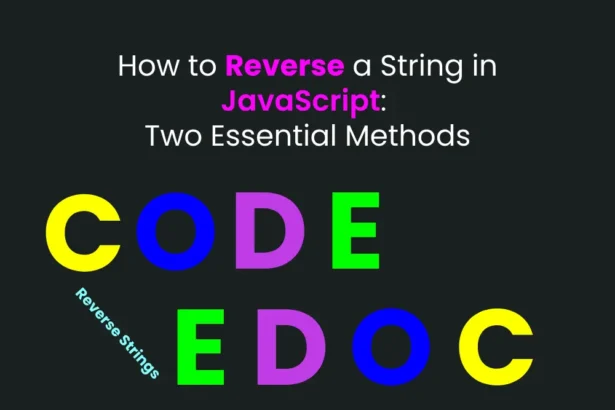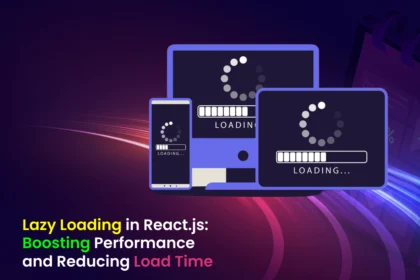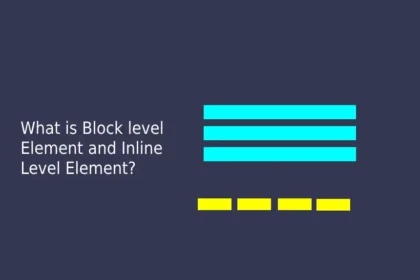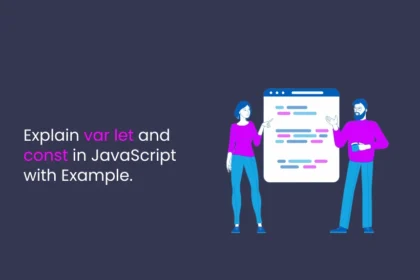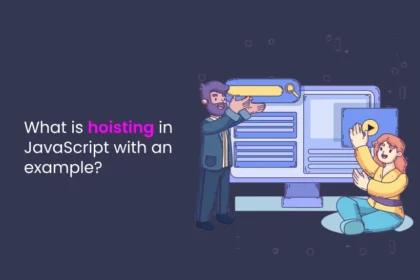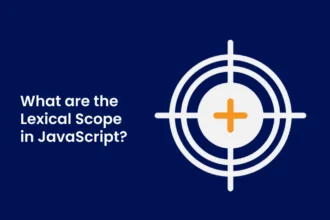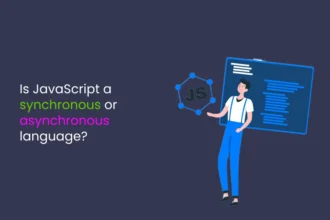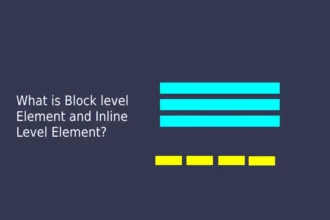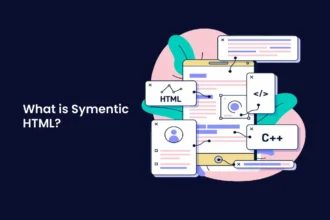Frontend Interview
How to Reverse a String in JavaScript: Two Essential Methods
Reversing a string is one of the most common beginner-level tasks in programming. It’s a great exercise to understand how strings, arrays, and loops work in JavaScript. In this blog,…
Your Trusted Source for Accurate and Timely Updates!
Unlock the Pulse of the Present
Just for You
Lazy Loading in React.js: Boosting Performance and Reducing Load Time
In modern web development, performance plays a crucial role in user experience. One technique that…
What is Block level Element and Inline Level Element?
Block-level Elements Block-level elements occupy the entire width of their parent container (by default) and…
Explain var let and const in JavaScript with Example.
In JavaScript, var, let, and const are used to declare variables. They differ in scope,…
What is hoisting in JavaScript with an example?
Hoisting is a behavior in JavaScript where variables and function declarations are moved to the…
Lasted Frontend Interview
How to Reverse a String in JavaScript: Two Essential Methods
Reversing a string is one of the most common beginner-level tasks in programming. It’s a great exercise to understand how…
What are the Lexical Scope in JavaScript?
Lexical scope in JavaScript means that the scope of a variable is determined by its position in the source code…
Is JavaScript a synchronous or asynchronous language?
JavaScript is primarily a synchronous, single-threaded language, but it also supports asynchronous programming through features like callbacks, promises, and async/await.…
Explain Deep Copy and Shallow Copy in JavaScript.
1. Shallow Copy A shallow copy creates a new object with copies of the values of the original object’s properties.If…
What is Position in CSS?
In CSS, the position property is used to specify how an element is positioned in the document. It controls how…
What is Block level Element and Inline Level Element?
Block-level Elements Block-level elements occupy the entire width of their parent container (by default) and create a new line (or…
Difference Between position: relative and position: absolute in CSS
Propertyposition: relativeposition: absoluteDefinitionThe element is positioned relative to its original position in the normal document flow.The element is positioned relative…
What is Symentic HTML?
Semantic HTML refers to using HTML tags that convey the meaning or purpose of the content they enclose, rather than…


